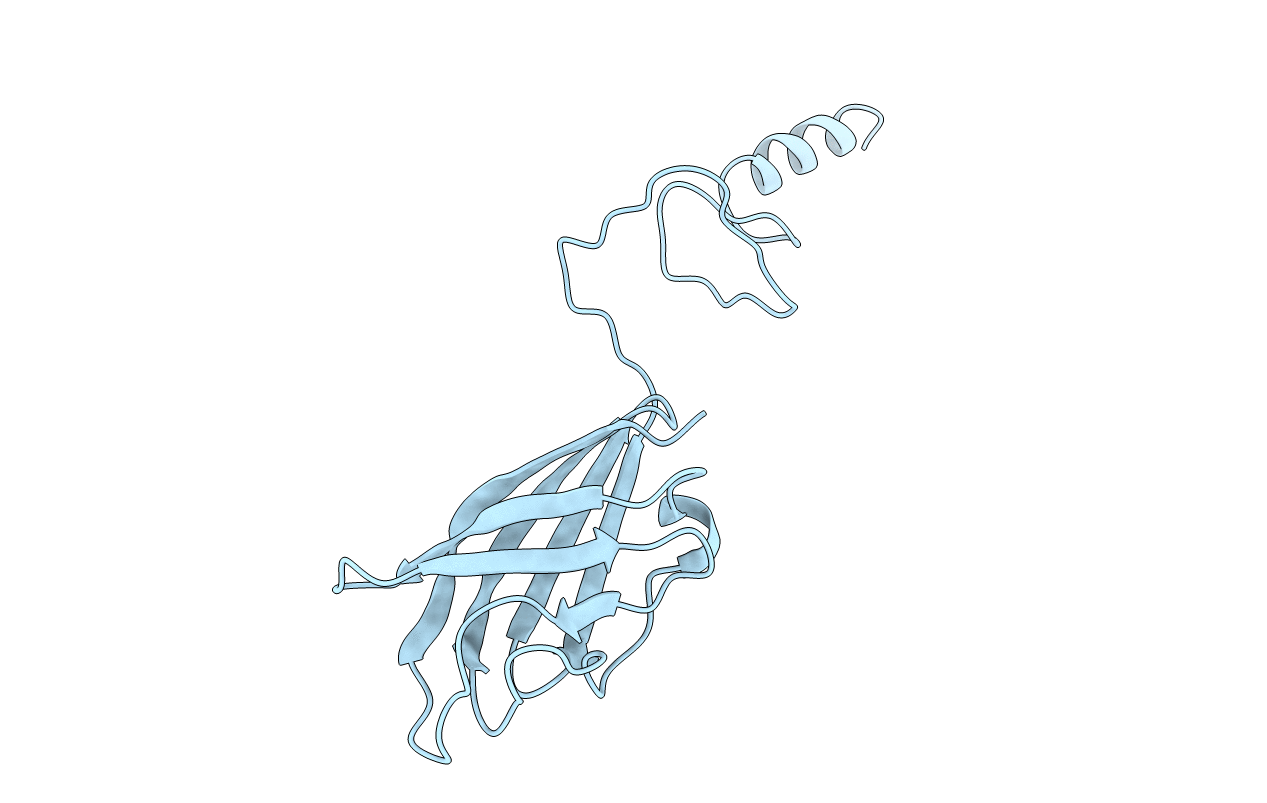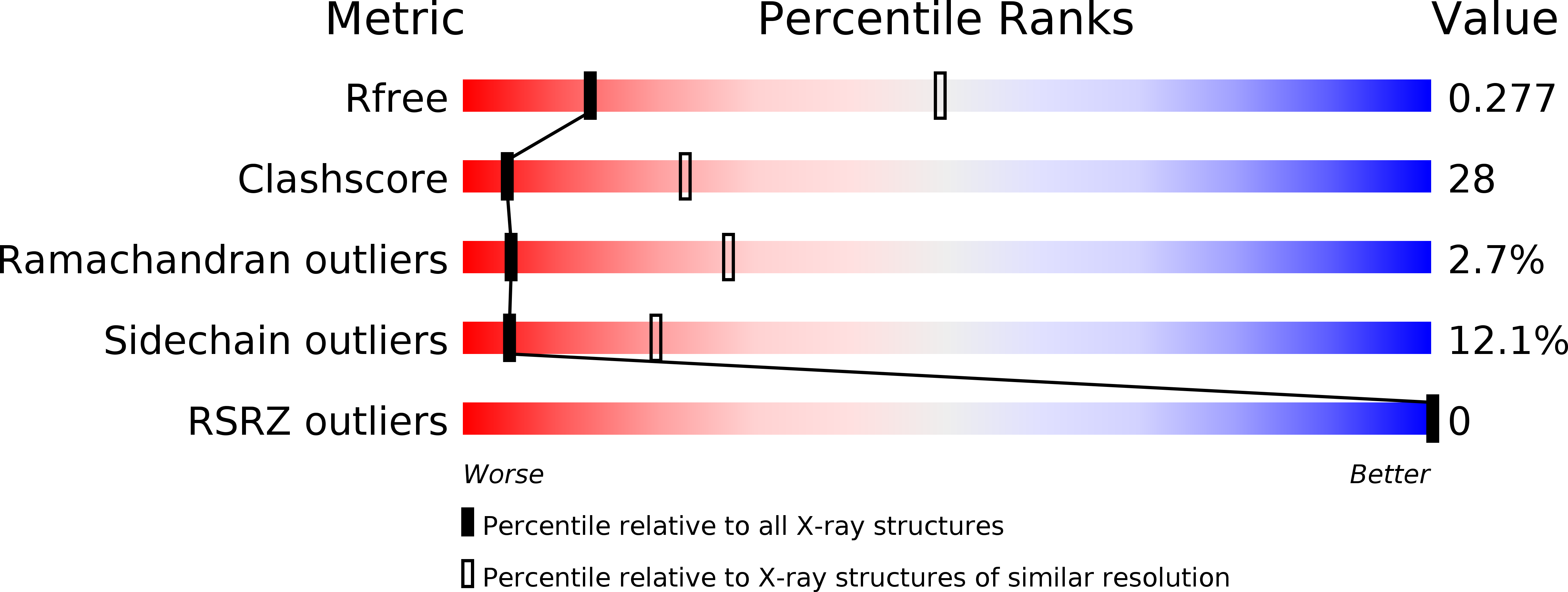
Deposition Date
2008-05-23
Release Date
2009-04-14
Last Version Date
2023-11-01
Entry Detail
PDB ID:
3D8M
Keywords:
Title:
Crystal structure of a chimeric receptor binding protein from lactococcal phages subspecies TP901-1 and p2
Biological Source:
Source Organism:
Lactococcus phage TP901-1 (Taxon ID: 35345)
Lactococcus phage p2 (Taxon ID: 254252)
Lactococcus phage p2 (Taxon ID: 254252)
Host Organism:
Method Details:
Experimental Method:
Resolution:
3.35 Å
R-Value Free:
0.27
R-Value Work:
0.22
R-Value Observed:
0.22
Space Group:
P 21 3


